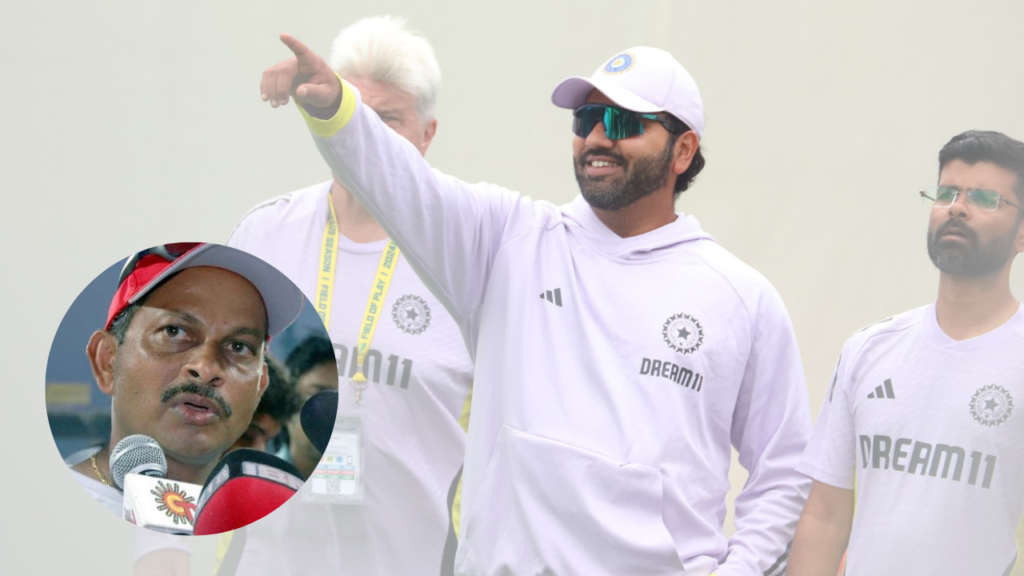
To start with, Rohit Sharma the Test batter and the white-ball player need to be de-hyphenated. His race in the long-form is all but run, notwithstanding a belligerent TV interview where he rubbished the retirement rumours. Rohit had a forgettable Border-Gavaskar Trophy in Australia — 31 runs from five innings at an average of 6.20. One-day cricket, however, is a different ball game.
Unless the Ajit Agarkar-led selection committee pulls off a coup, Rohit will lead India in the Champions Trophy — the eight-team ODI event starting on February 19. Maybe, after the red-ball horror show Down Under, the 37-year-old needs to return to the white-ball format, which is his natural habitat.
A tally of 4,301 runs at 40.57 from 67 matches doesn’t make Rohit a Test great. Far from it. Between 2019 and 2021 he had a purple patch, when he scored 1,462 runs from 16 Tests, including five hundreds, at an average of 58.48. That was about it. But he is a bonafide legend in 50-over cricket, with 10,866 runs from 265 games, including 31 centuries and 57 half-centuries, at an average of 49.16 and a strike-rate of 92.43. Even at the last ODI World Cup, he made 597 runs from 11 matches at an average of 54.27 and an excellent strike-rate of 125.94. India changed their white-ball batting template in that tournament and their captain was the marauder-in-chief.
The gung-ho style that served Rohit so well in the shorter formats of late proved to be a brass neck approach in Test cricket, as it seriously affected his defensive game. At the Champions Trophy, he can return to his no-holds-barred batting without the fear of failure. Field settings and field restrictions in limited-over cricket will considerably lessen the degree of difficulty.
“Also, in the ODIs, he (Rohit) will not be confused,” Lalchand Rajput told RevSportz. India’s former T20 World Cup-winning coach, who is currently in charge of the UAE national team, spoke about how playing with an uncluttered mind could help Rohit regain his mojo. “I found him a little confused about his batting approach in the Tests in Australia. He was even getting out playing half-hearted pull shots, a shot that he plays so well. Over the last couple of years, he has changed his batting approach in white-ball cricket. Maybe, that had a trickle-down effect in his Test batting as well. And as runs weren’t coming, Rohit became more desperate and lost his rhythm in the process.”
There’s an apprehension that a confidence-sapping Australia tour might adversely affect Rohit’s batting in the Champions Trophy as well, for he would be under huge pressure to perform. Rajput begged to differ. “I know Rohit very well, and I can tell you he is hurting,” said the former opening batter. “He is a big player and I expect a response from him in the Champions Trophy. He will have his batting exploits in the last ODI World Cup and T20 World Cup to fall back on, and that should give him confidence. I think all he needs is a big innings to get back into the groove. In white-ball cricket, he can free his arms without thinking too much about his defensive game.”
Conversations moved to Test cricket and whether Rohit has a future in the longer format. In Australia, it was clear that slowing reflexes have become an impediment. “The older you get, your reflexes tend to get slower. It’s a fact,” observed Rajput. “But Rohit’s Test future will depend on his hunger, how keen he is to do the hard yards.”
Like India’s head coach Gautam Gambhir, Rajput, too, feels that Rohit needs to get back to domestic cricket. “A big innings in domestic cricket could help him find his rhythm. Once you have runs under your belt, you tend to feel better and things start falling into place.”
India will have a three-match ODI series against England before the Champions Trophy. Mumbai’s home Ranji Trophy fixture against Jammu and Kashmir (from January 23) precedes that assignment. Will Rohit turn up?



